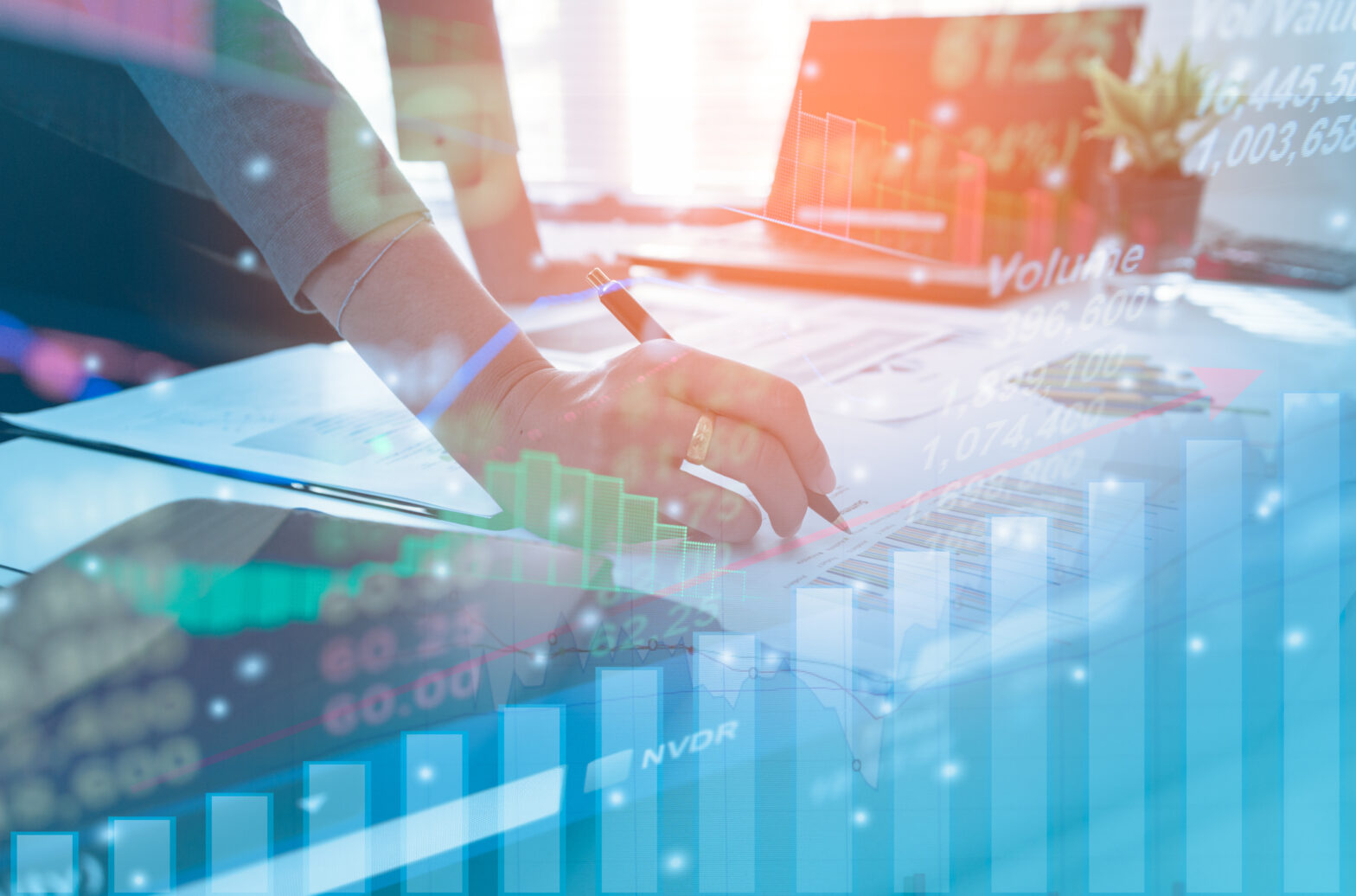The sheer volume of insight generated by big data was considered a prerequisite for accurate decision-making. It brought gigabytes and terabytes to mainstream parlance, while signalling a whole new era of data handling and management with greater complexity and opportunity in terms of application.
However, as this data overload became the new norm, our expectations evolved to demand a more strategic approach to how we can derive greater value from the intelligence flooding our systems. Many have learnt the hard way that more isn’t always better when it comes to data-driven decision making, as quantity rarely surpasses quality when it comes to more discerning and meaningful interventions.
>See also: Artificial intelligence is transforming the enterprise
Perhaps not surprisingly, this realisation brings us to a growing trend in the digital enterprise. Defined by a shift in mindset from simply collecting intelligence to the more forensic measures used to drill down into it and extract the specifics, the use of advanced analytics is enabling us to do more with less data. This move increasingly underpins higher operating margins and ultimately creates a competitive advantage.
Fuelled by machine learning technology, this traction is in fact, forcing a re-evaluation of the traditional ‘more is more’ Big Data strategy that has long been a pervasive mantra in the digital environment.
In this context, artificial intelligence combined with visual analytics becomes the game changer. This powerful proposition is perfectly equipped to sift through the reams of information and define the relationships and anomalies between the data sets to uncover actionable intelligence that augments human intelligence for greater business value.
While AI puts in the ground work, at a speed and scale impossible for a human to compete with, visual analytics provides a more accessible and intuitive approach to data analysis. This can have deeper repercussions for an organisation more broadly, specifically in terms of promoting a more entrenched data culture.
>See also: Oracle makes a big play for the enterprise AI market
As a result, a greater section of the workforce can be involved in data-driven decision making, as opposed to a privileged few, a move that far from simply being a ‘nice to do’ will become a fundamental requirement to offset the scarcity of specialist data skills.
Figures from McKinsey and Company highlight the extent of the problem, with the US, for example, facing a shortage of 190,000 people with analytical data skills and 1.5 million managers and analysts equipped to understand and make decisions based on the analysis of Big Data.
So how does AI-powered analytical innovation and data democracy translate into tangible gains when applied to the real-world industry environment? Notable proponents such as the health, finance and manufacturing sectors have been quick to embrace the approach. Heatlhcare professionals are harnessing the technology to detect abnormalities in X-rays, for example. And banks are using the advanced algorithmic capabilities to drive deep content analysis of a customer’s financial status, objectives, risk aversion and can respond to the nuances of their personality and behaviour to best tailor the approach to the user’s needs.
>See also: Big data (and AI) in the enterprise
Now we see others playing catch up, such as the oil and gas sector. Here, pressure over ever tighter margins induced by the global drop in oil price has demanded even greater accurate insight to optimise production, as well as to inform continuous monitoring and intervention needed for the smooth and seamless running of critical operations. As a result, a more measurable and quantifiable approach to the enterprise becomes the game changer, as science and business converge ever more closely to keep the business efficient and competitive.
Machine learning is harnessed to provide recommendations and to make predictions over the control and management of assets processing billions of data points in real-time from equipment ratings to thermal gradients. This creates a full picture and level of precision that removes all guess work from the equation.
As a result, gut feel is replaced with an augmented human brain, thanks to algorithmic prowess.
Sourced by Maurizio Canton, CTO EMEA, TIBCO







